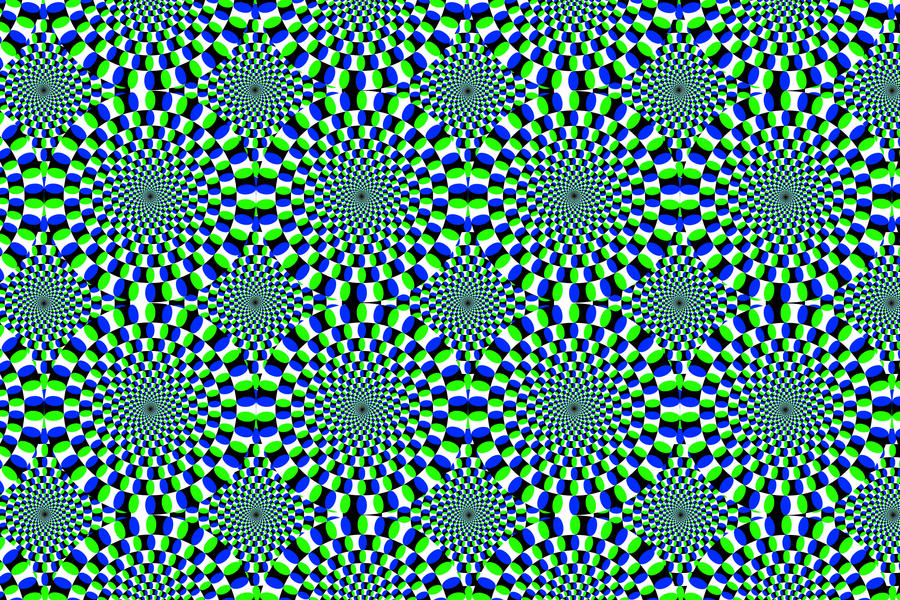-
Notifications
You must be signed in to change notification settings - Fork 0
Sensors
Sensors are devices that measure items. You have sensors, I have sensors, computers have sensors, and our robot has sensors.
- People
- Eyes for balance and perceiving the world
- Ears for sound and balance
- Temperature (touching a hot cup of tea)
- Noise for smell
- Try and think of some more!
- A Computer
- Temperature sensors to not overheat
- Encoders to measure speed of fans
- Mouse
- Keyboard
- Disk Reader
- Hard-Drive head
- Our Robot post FRC Stronghold
- Gyroscope // measures rate of turn
- Accelerator // measures change in velocity (speed)
- Encoder (measures movement. ex rotations of wheels)
- Lots of current meters // for each gate on the PDP.
- Batter Voltage
- Camera(s)
All of these sensors are extremely valuable; Without them we could not find food.
Without them our computers would burn up or be forced to run much slower.
Sensors are amazing but they all have limitations. Let's go through some of them.
- Sea sickness plagues some ppl due to a miss alignment of our ears and eyes perception of our balance
- Our eyes + brain struggle to interpret this image
Because this device measures rate of turning, we can not directly measure total rotation. To solve how we can measure this, let us look at measuring how far we drive. Imagine you are driving on a highway at 65mph for 3 hrs. And then you instantly get off the highway and drive on a side road for 1 hour at 10 mph.
You will have gone 65 miles / hr * 3 hr or 195 miles on the highway.
Lets call this leg 0.
You will have gone 10 miles / hr * 1 hr or 10 miles on the side road.
Lets call this leg 1.
In total you will have gone 205 miles.
Measuring total rotation from a gyro is very similar. Imagine that we can only measure our rate of turning every second. We can make the assumption that we are turning at the same rate for 1 whole second and then we can calculate how far we have turned in each leg of our journey.
This is susceptible to high frequency noise. Imagine we are rotating back and forth. If we only measure every second it is not unreasonable that we will only measure when we are turning right. Our guessing algorithm would then think we have turned right when in reality we are just oscillating back and forth.
We can solve this issue by sampling our rate of turning a very high rate.
This is what our robot does. This is not immune to drift, but it provides a fairly good approximation of our yaw.
- Accelerometer
- Encoder
- Camera
NOTES:
- Think about finding and adding the time where a lady bug crawled over a camera used for space ship monitoring and everyone got really confused.
- Talk about how Gyro measures rate of turning not the integral of that (MATH E-16?)


